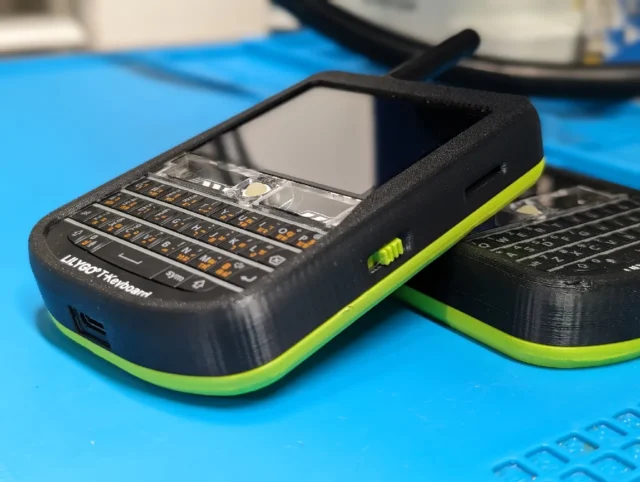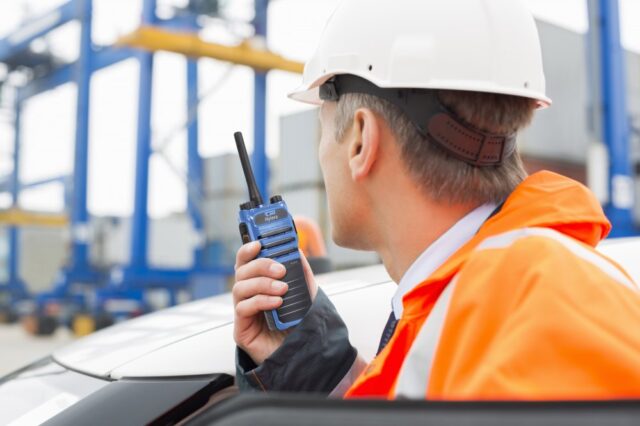Switching from analog to digital radio communication is a major milestone for any organization relying on VHF systems. This shift, increasingly adopted across sectors like public safety, utilities, transportation, and events, is fueled by a need for clearer audio, smarter spectrum use, stronger encryption, and seamless integration with modern IP networks.
This article explores the motivations for upgrading, compares popular digital standards (DMR, TETRA, P25, NXDN), outlines smart migration strategies, addresses common hurdles, and peeks into the future of VHF communication. Whether you’re planning a gradual upgrade or a complete overhaul, this guide will help you make informed, confident decisions.Why consider moving from analog to digital VHF systems?While analog systems are still in use, digital radio has surged ahead with clear advantages:
- Crisper audio: Digital radios minimize noise and distortion with advanced error correction.
- Efficient spectrum use: Two simultaneous calls per 12.5 kHz channel? TDMA-based systems like DMR and TETRA make it possible.
- Modern features: From GPS tracking to remote diagnostics and text messaging.
- Built-in security: Most digital systems support encryption out of the box.
- Flexible integration: Easy connections with IP networks and backend platforms.
Choosing your digital standard: a quick comparisonThere are several leading digital platforms to choose from:
- DMR: Versatile and cost-effective, popular in commercial and municipal setups.
- TETRA: A favorite in public safety and defense, known for trunking and scalability.
- P25: Common in North American emergency services.
- NXDN: Ideal for business-critical comms in industrial settings.
Each has its pros and cons, and your choice will depend on location, budget, and specific needs.Smooth migration: planning your upgradeThere are three main strategies for transitioning:
- Phased migration: Analog and digital run side by side for a while.
- Forklift replacement: Swap everything at once—fast but costly.
- Overlay network: Add a digital layer, keep analog as backup.
Steps to follow:
- Define your goals: What do you need from your radio system?
- Assess your current gear: Inventory radios, repeaters, power, antennas.
- Check your frequencies: Make sure there’s room in the spectrum.
- Pick the right vendor: Look for compatibility and future readiness.
- Train your team: Prepare users for the new system.
- Test before full launch: Pilot programs help avoid surprises.
Challenges and how to overcome them
- Cost: Digital radios and repeaters are a big investment.
- Learning curve: Users need training to adjust.
- Coverage gaps: Digital behaves differently; weak analog areas may need new repeaters.
- Tech mismatches: Legacy systems might not play well with digital.
- Rules and permits: Digital use might require new licenses.
Technical tips for a successful rollout
- Go hybrid when possible: Dual-mode radios support both analog and digital.
- Think ahead on encryption: Set up key management from day one.
- Power matters: Digital can be power-hungry—pick radios with good battery life.
- Tune those antennas: Optimize for digital performance.
- Train your techs: Digital systems have smart diagnostics—use them.
Real-world examples
- Utility companies: Moving to DMR Tier III for smarter grid comms.
- Airports: Using TETRA to sync ground teams.
- Factories: NXDN keeps production floor chatter clean and clear.
- Events: P25 provides secure short-term networks for big crowds.
What’s next for digital VHF?
- Cellular combo units: Devices with LMR and LTE/5G capabilities.
- Cloud-based control rooms: Manage dispatch from anywhere.
- Smarter voices: AI that understands commands and automates replies.
- IoT-ready radios: Communicating with sensors and machines.
- SDRs: Radios that evolve via software updates.
Tips to stay on track during migration
- Get everyone involved early: From management to field users.
- Be realistic: Budget time for testing and hiccups.
- Plan for failure: Backup systems and extra power are a must.
- Write it all down: Clear records of settings and configs save time later.
- Learn from others: Tap into user groups and vendor resources.
Helping users make the switchDigital radios do more, but they can be confusing. A good training plan should include:
- How to use the gear: Basics like menus, buttons, and alerts.
- Emergency tools: Panic buttons, GPS tracking, man-down detection.
- Talkgroup know-how: Navigating trunked networks.
- Care tips: Batteries, charging, software updates.
Picking the right partnerWhen choosing a system provider, look for:
- Support you can count on: Fast replacements, regular updates.
- Room to grow: Can the system scale with your needs?
- Tech compatibility: Can it connect to your current systems?
- Local compliance: Make sure it’s approved for use in your area.
Environmental realitiesDesign your system with conditions in mind:
- Rough environments: Weather, dust, interference—plan for all of it.
- Enclosures and mounts: Protect your hardware.
- Power planning: Don’t rely on one power source.
- System links: Connect radios to dispatch, SCADA, alerts, and more.
A closer look: utility upgrade case studyA major utility overhauled its old analog system, rolling out a DMR Tier III network:
- Step-by-step switch: Regions migrated in phases.
- Dual-mode radios: Smooth transition during rollout.
- Fiber links: Connected repeaters via private network.
- Smart features: GPS, alerts, dispatch consoles.
- Results: Quicker response times, fewer outages.
Making the leap from analog to digital VHF is a big move—but a necessary one. As digital capabilities expand and analog fades out, it’s smart to future-proof now. Take the time to plan, involve your team, and choose scalable tech. You’ll end up with a network that’s secure, adaptable, and ready for whatever comes next.
Image(s) used in this article are either AI-generated or sourced from royalty-free platforms like Pixabay or Pexels.
Did you enjoy this article? Buy me a coffee!






